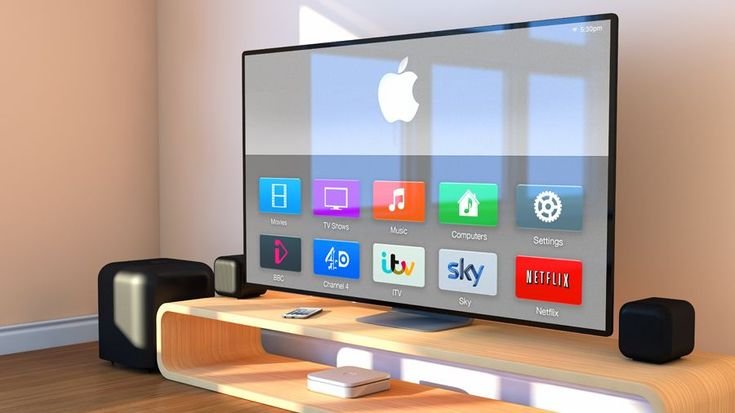
Edit Post
Television will be a fully immersive, interactive, and personalized experience, revolutionized by advanced technologies and evolving viewer preferences. Artificial intelligence will play a pivotal role in curating content and delivering highly personalized recommendations based on viewing habits, social interactions, and even real-time emotional responses. Virtual reality and augmented reality wil... View more
Television will be a fully immersive, interactive, and personalized experience, revolutionized by advanced technologies and evolving viewer preferences. Artificial intelligence will play a pivotal role in curating content and delivering highly personalized recommendations based on viewing habits, social interactions, and even real-time emotional responses. Virtual reality and augmented reality will allow viewers to step inside their favorite shows, offering a new level of engagement. Ultra-high-definition displays, possibly reaching up to 16K resolution, will provide stunning visuals, while holographic technology might project 3D images into living spaces. Interactive storytelling will enable viewers to influence plot directions, creating unique, participatory experiences. Social connectivity will enhance communal viewing, with platforms allowing synchronized watching and real-time interaction with friends and family. Advances in quantum computing and next-gen networks like 5G/6G will ensure seamless streaming without buffering. Advertisements will become hyper-targeted and interactive, adapting to viewer preferences and behaviors. View less
- 0 0
- 0 0
-

-
Ajith L Rajan
published solution: 1 year beforeBy the year 2060, the future of television will be vastly different from what we know today, characterized by immersive, interactive, and highly personalized experiences. Traditional flat-screen TVs will be largely replaced by advanced holographic displays and flexible, rollable screens that can be adjusted to any size or shape, fitting seamlessly into various living spaces. Viewers will be able to engage with content in three dimensions, creating a sense of presence and immersion in their favorite shows, movies, and virtual events. AI will play a significant role, curating content tailored to individual preferences and viewing habits, ensuring that each user has a unique and relevant experience. Interactive features will allow audiences to influence storylines, participate in real-time with live events, and engage in social viewing with friends across the globe through virtual reality platforms. Enhanced by ultra-fast 6G or 7G networks, content delivery will be instant and of the highest quality, with lifelike visuals and sound. Moreover, television will seamlessly integrate with other smart home devices, offering a cohesive and intuitive entertainment ecosystem. Advertisements will be hyper-targeted, relevant, and non-intrusive, blending naturally into the viewing experience. As sustainability becomes more critical, television technology will emphasize energy efficiency and environmentally friendly materials. Overall, by 2060, television will evolve into a dynamic, interactive hub of entertainment and social connection, providing richer, more engaging experiences while seamlessly integrating into the fabric of everyday life.
0 1 0 0 1 0


